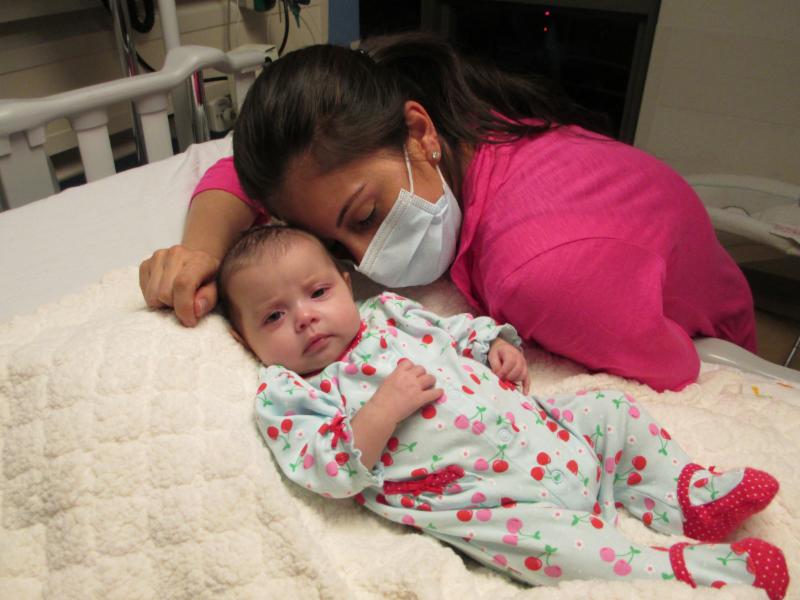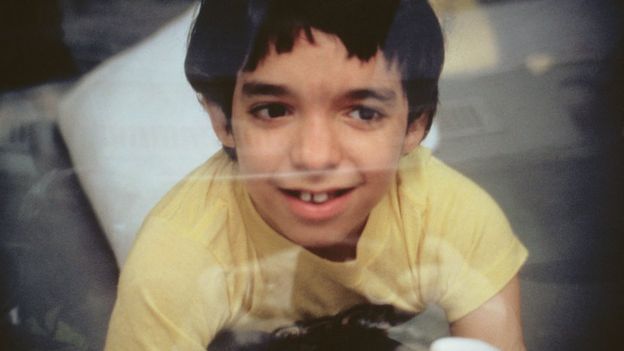
Some estimates suggest that this condition affects 1 in 50,000 to 100,000 newborns approximately. More News WHAT IS BUBBLE BOY DISEASE ALL ABOUT?Ī mutation in the IL2RG gene causes SCID-X1. Scientists Find Potential Cure For Thalassemia, Gene Therapy Ends Need For Regular Blood Transfusions.IIT Kanpur, Reliance Life Sciences Sign MoU To Revolutionize Gene Therapy For Hereditary Eye Diseases.They prevent the activation of the nearby genes and stop them from turning cancerous. However, in this therapy, the researchers prevented this by including "insulator" genes. One major drawback of the earlier gene therapies was that the infusion of a gene into the DNA was followed a dangerous reaction: Genes close to the insertion site became cancerous. They were also responding to vaccines, observed the research authors. After 16 months of treatment, the kids, living with Bubble Boy disease, got a functional immune system that protects them from germs and infections. These genetically engineered cells were then infused back to the patients.īefore this procedure, doctors treated the patients with low-dose chemotherapy drugs, to accommodate the growth of new cells in the bone marrow. Then, they inserted a correct copy of the muted gene that causes the condition into the bone marrow cells with the help of an altered version of HIV.

Recently, experts at the Children's Research Hospital have been able to cure babies born with the Bubble Boy Disease with a new gene therapy, reports a research published the New England Journal of Medicine.įor this new therapy, the researchers first collected bone marrow from the patients. This condition makes babies vulnerable to any and every infection repeatedly.

SCID-X1, often referred to as Bubble Boy Disease, owes this name to Vetter.

He lost his life to this genetic disorder at the age of 12 after undergoing his treatment: Bone marrow transplant. Named David Vetter, this boy from America was suffering from a rare but fatal immune deficiency disorder known as X-linked severe combined immunodeficiency (SCID-X1). Way back in the 70s, a baby boy used to spend his days waiting inside a plastic bubble.


 0 kommentar(er)
0 kommentar(er)
